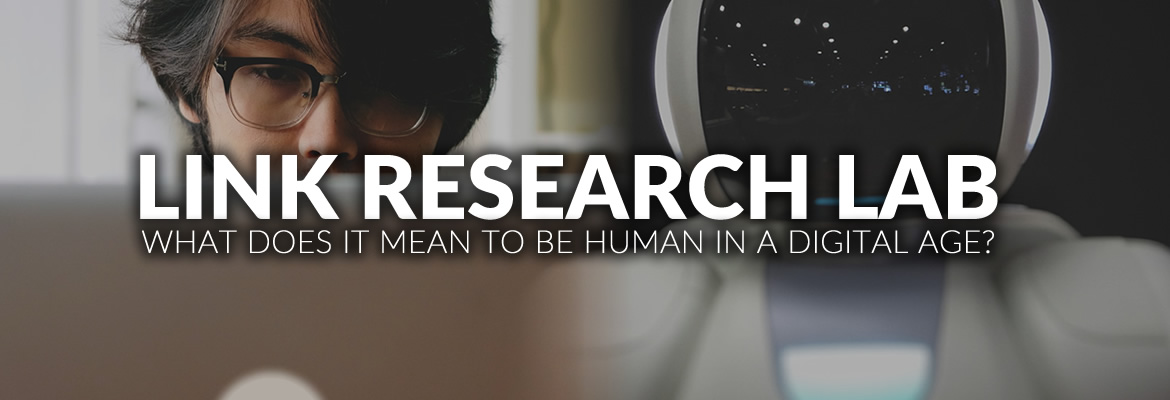The PLC (Professional Learning Community) will be providing the teaching tip of the week throughout the academic year in support of their goal of interdisciplinary collegiality.
The increasing prevalence of mobile device use, online courses, and non-traditional student admissions in higher education provides opportunities to move beyond lecture-based content in standard classrooms. Demographic, technological, and pedagogical trends continue to transform facets of traditional universities to account for dynamic learner needs and preferences. Microlearning can address some of these needs since it embodies short instances of learning facilitated by media, the internet, mobile devices, and other tools and mediums for learning (Hug, 2010; 2012). This strategy is especially useful for non-traditional students, fully-online courses, and face-to-face instructors interested in using a blended/hybrid learning model.
One particularly effective way to utilize microlearning is through the use of media. Video-based segments allow instructors to present information in a concise, topical manner. After watching snippets, learners can immediately receive feedback on their comprehension of specific content through brief checks for knowledge. This feedback can take place through low-stake or no-stakes assessments meant to help learners self-check their knowledge. Learners can quickly return to a video if they missed specific objectives, and then move forward to the next topic. Later comprehensive assignments, to include discussion-based activities, papers, and examinations, can formally assess mastery of the objectives (Semingson, Crosslin, & Dellinger, 2015).
There are a number of options for instructors to implement this microlearning strategy at UT Arlington. Three examples include the following:
1) Utilizing a common presentation tool like Microsoft PowerPoint allows for the integration of video snippets and checks for knowledge in the same location. Instructors can integrate videos and quizzes into slides by use of hyperlinks. This is great for no-stakes assessment as it allows students to quickly see correct or incorrect answers.
a. Example: How to insert video into a slide
b. Example: How to insert a YouTube video into a slide
c. Example: How to create a simple quiz by hyperlinking slides
2) Using software applications like iSpring allows for more complex and visually stimulating assessments. iSpring, in particular, can integrate with PowerPoint to create HTML5 and Flash quizzes. Programs such as these typically have an associated cost.
3) A simple alternative could be to use add a video segment into the Blackboard learning management system followed by an associated quiz. This pattern can continue until all topics are covered and mastered. If there is desire to make the assignment low-stakes instead of no-stakes, this would allow for easy integration into Blackboard’s gradebook.
Microlearning allows instructors to produce meaningful content in online and hybrid/blended course formats. This content can engage learners in brief, measurable chunks and provide opportunities for self-assessment and reflection. It is also effective practice for non-traditional students with unique learning needs and preferences.
Hug, T. (2010). Mobile Learning as ‘Microlearning’: Conceptual Considerations towards Enhancements of Didactic Thinking. International Journal of Mobile and Blended Learning,2(4), 47-57.
Hug, T. (2012): Microlearning. In: Seel, Norbert M. (ed.): Encyclopedia of the sciences of learning (Vol. 5, pp. 2268-2271), New York, NY: Springer.
Semingson, P., Crosslin, M. & Dellinger, J. (2015). Microlearning as a Tool to Engage Students in Online and Blended Learning. In Proceedings of Society for Information Technology & Teacher Education International Conference 2015 (pp. 425-430). Chesapeake, VA: Association for the Advancement of Computing in Education (AACE).
~Justin Dellinger, jdelling@uta.edu, Research Coordinator, LINK Lab/Digital Teaching and Learning; and Lecturer, Department of History, College of Liberal Arts


Leave a Reply